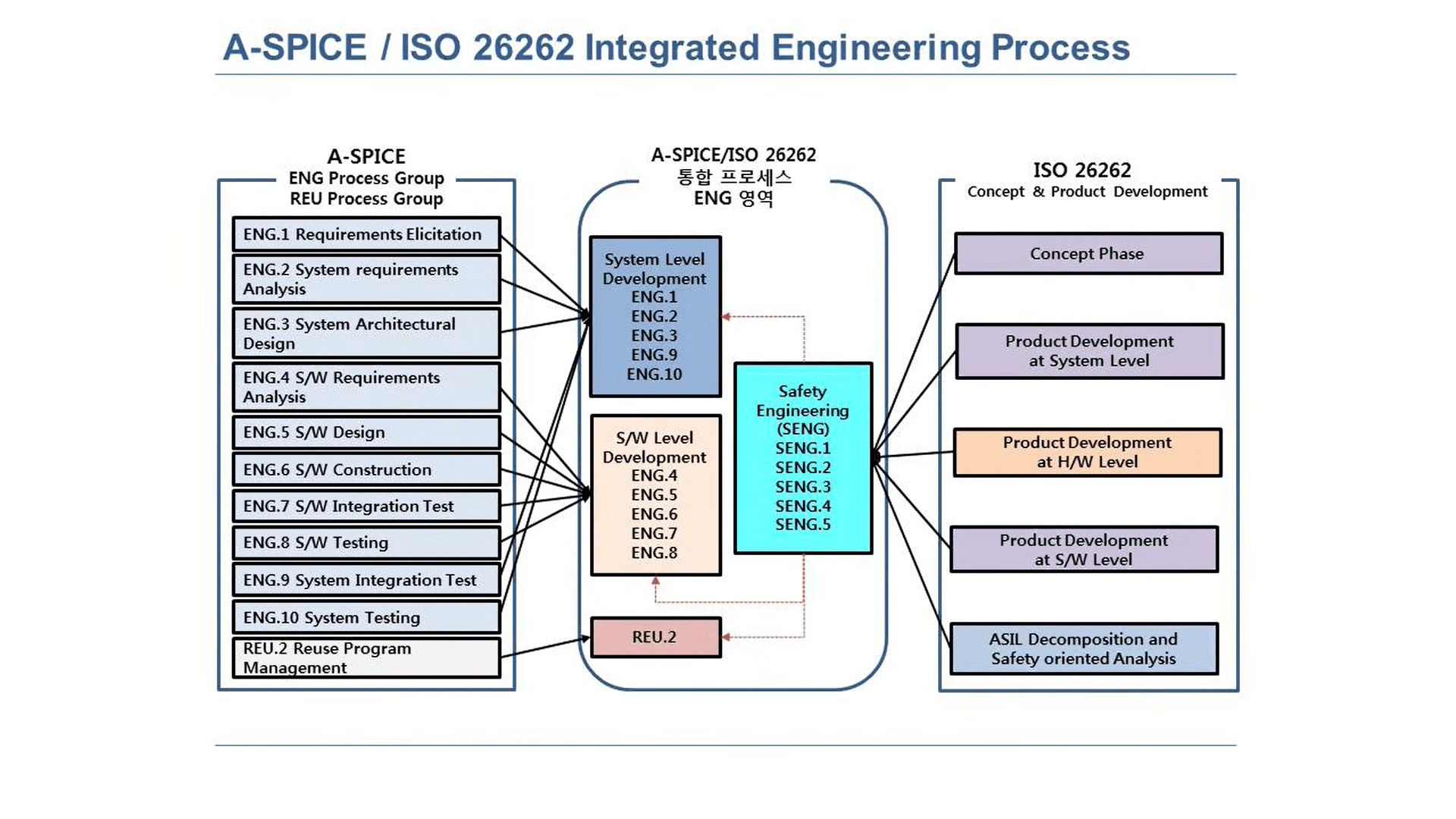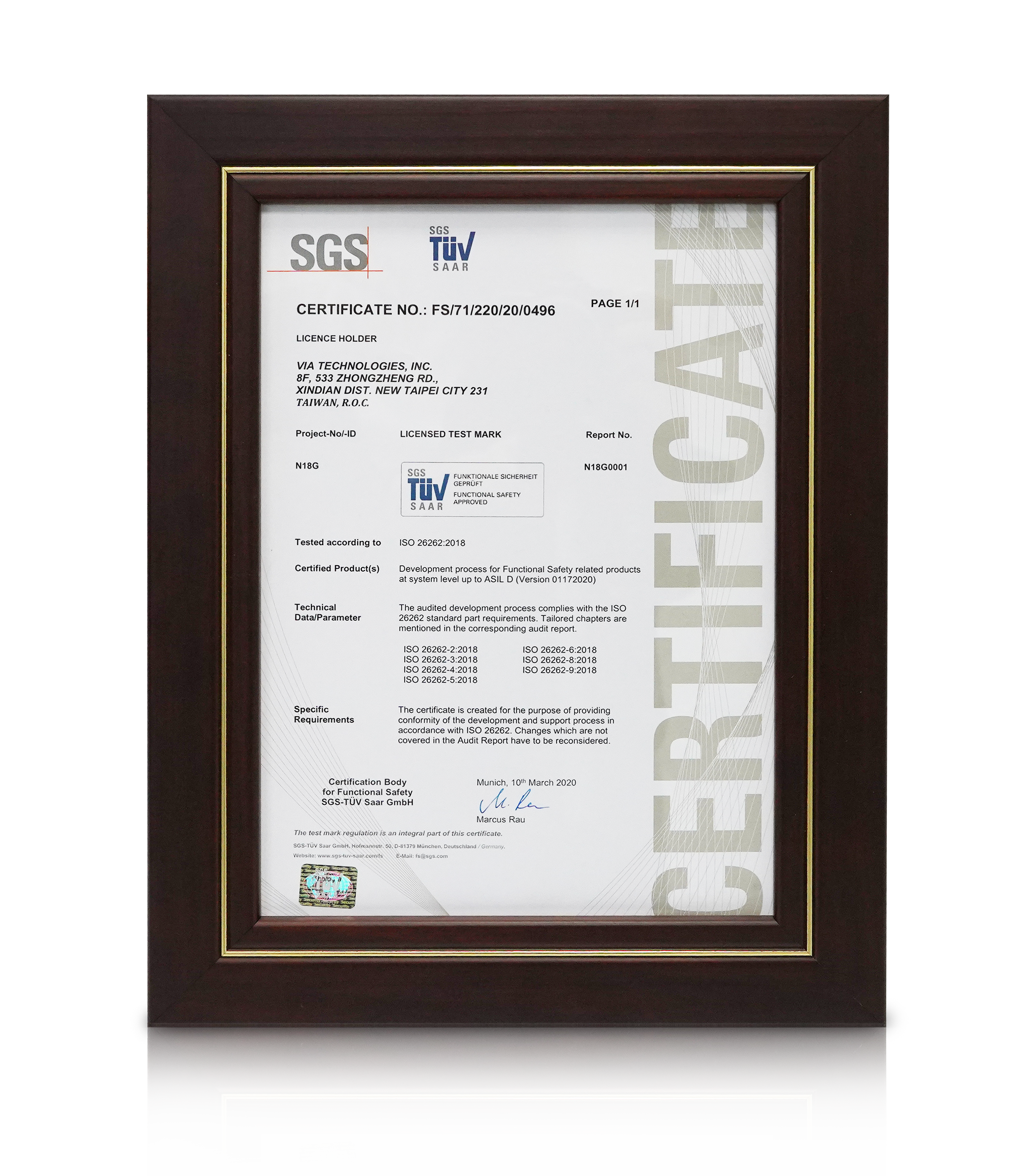
There are four ASILs identified by the standard: ASIL A, ASIL B, ASIL C, ASIL D. The safety goal for that hazard in turn carries the ASIL requirements. The ASIL is established by performing a risk analysis of a potential hazard by looking at the Severity, Exposure and Controllability of the vehicle operating scenario. This classification help define the safety requirements necessary to be in line with the ISO 26262 standard. This is an adaptation of the Safety Integrity Level used in IEC 61508 for the automotive industry. Many of these companies have strong backgrounds in consumer electronics or the PC industry, but are new to the unique requirements of the automotive market.Įxida has a comprehensive understanding of ISO 26262 and have developed a robust certification scheme that helps make their client's products safer and stand out in the market place.Īutomotive Safety Integrity Level (ASIL) is a risk classification scheme defined by the ISO 26262 - Functional Safety for Road Vehicles standard.

Components of automotive electrical/electronic systems play a critical role in achieving compliance to the ISO 26262 standard.Īs the electronic processing capabilities of the average car increases, more and more software, semiconductor, and semiconductor IP companies are trying to enter the automotive electronics market.

ISO 26262 defines functional safety for automotive equipment and addresses possible hazards caused by the malfunctioning of electronic and electrical systems in passenger vehicles. The ISO 26262 standard is an adaption of the more general IEC 61508 functional safety standard.

The proliferation of electronic systems in automobiles has resulted in the creation of new automotive standards to ensure safety.


 0 kommentar(er)
0 kommentar(er)
